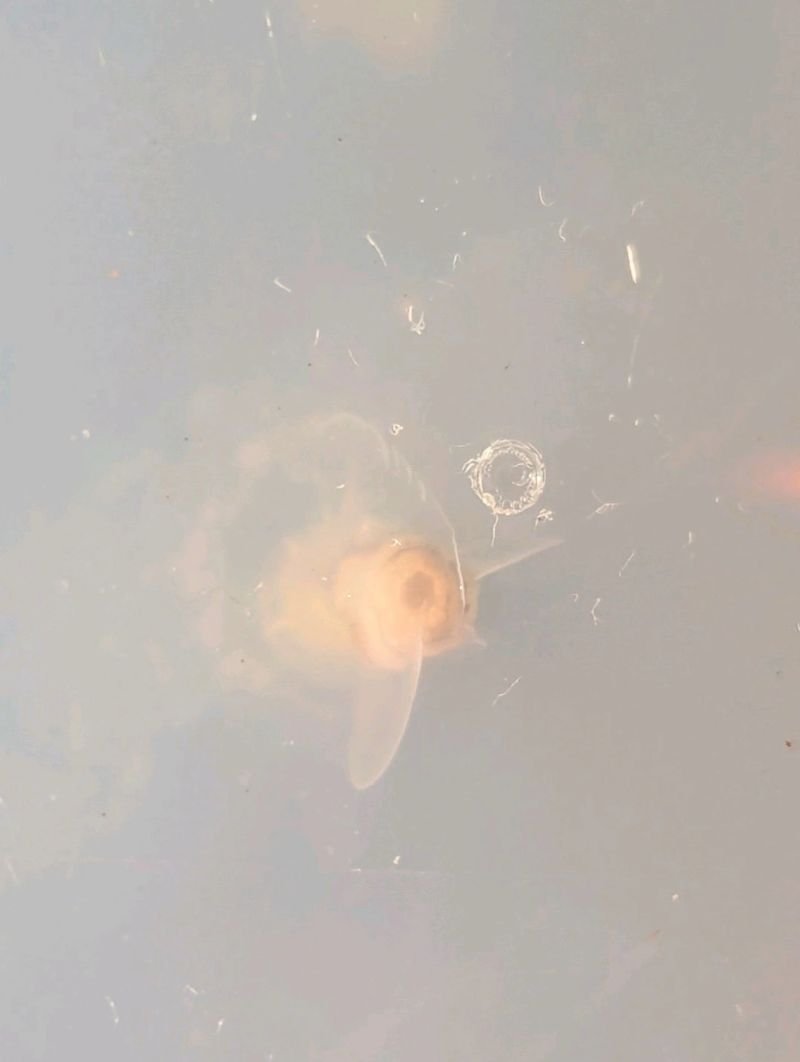Endogenous Contamination in Tissue Culture
Endogenous contamination is a major challenge with doing cannabis tissue culture. This picture shows the contamination present in the agar gel originating from INSIDE of the plant from a nodal propagule. For your orientation, this is looking at the underside of a culture vessel and the bottom of the stem of the plant. This indicates that the plant has a vascular disease that has partially colonized the tissues of the plant inside the stem. No amount of surface sterilization can prevent this, which is why many people opt to avoid node segments that include stem all together.
This one presented itself about 2 weeks after initiation, but it can take MONTHS before endogenous contaminants show themselves. I've done ISO-IDs on these contaminants and sometimes they are harmless, such as Bacillus species that are often present in soil inoculants.
But beneficial microbes in the root zone or on the plant surface may be detrimental if they enter the vascular tissue of the plant through a wound. This is similar to humans, who have beneficial bacteria all over their bodies and in their gut, but if those same microbes enter a wound, you can get sepsis and die. Another analogy for what's probably going on in the stem is how plaque related to heart disease occurs in humans. Like our arteries, the stem has little pockets of contamination that have been isolated and covered up by the plants immune system...only to grow unimpeded when exposed to the high sugar and stress environment of tissue culture agar media.
To avoid this, many plant tissue culturists do meristem or shoot tip dissections, which have little to no stem to harbor these contaminants, and if they are present, they are much more easily identified. They also use anti-microbials (which usually aren't allowed in any phase of cannabis cultivation and I DONT recommend) such as PPM to 'eradicate' the contaminants, although I think that more times than not, you just further reduce your ability to identify the contamination.

